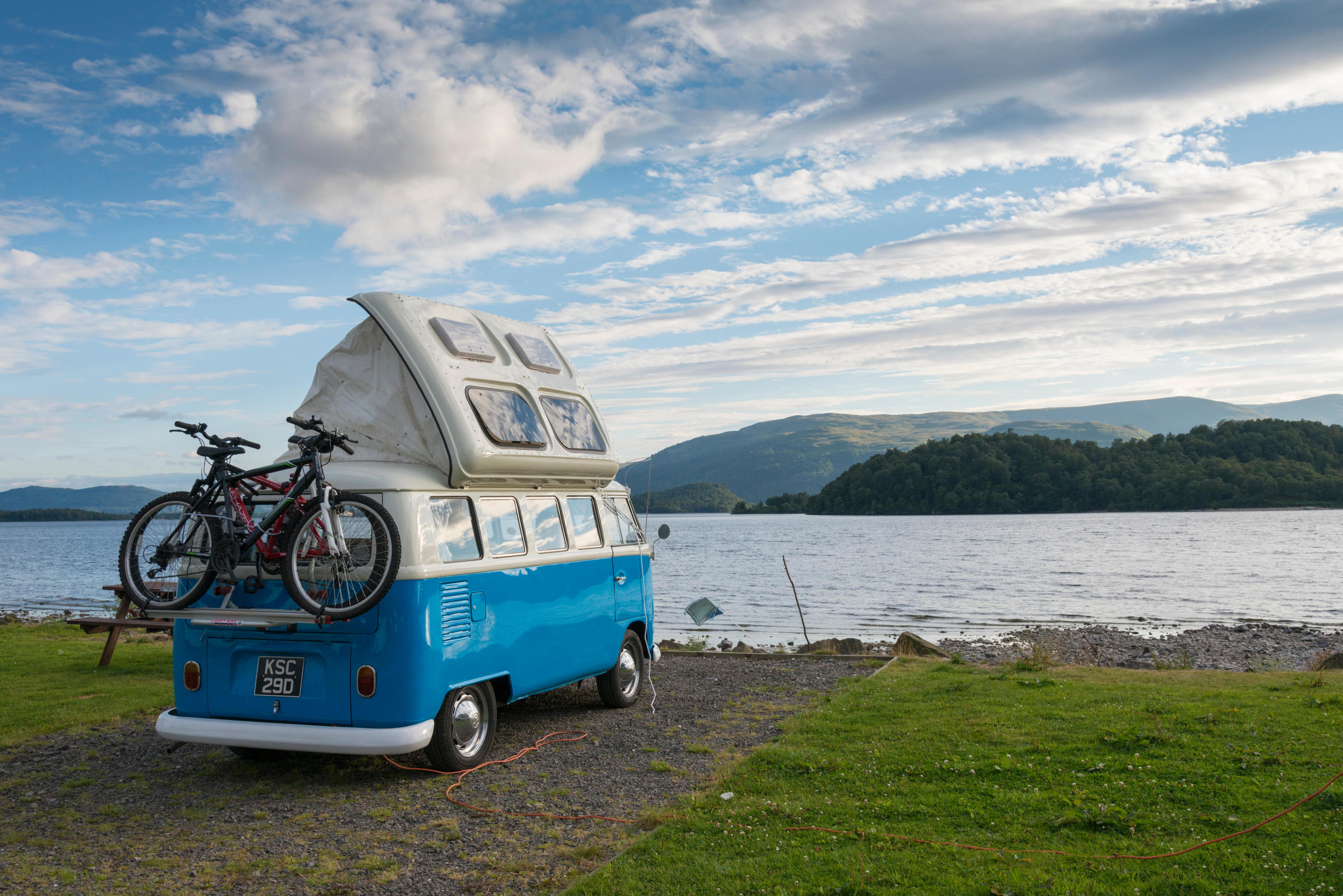
A perfect storm of the weaker pound, global uncertainty and trendy marketing is helping young people fuel the booming caravan industry.
It might conjure up memories of rainy summers and budget holidays but a new wave of luxury caravans and motor homes is delivering a cool new image for domestic trips.
The latest figures from the National Caravan Council show that sales of new touring caravans are up 7% while sales of motorhomes are up 14% across in the UK between June 2016 and June 2017.
It follows data from analysts at the Centre for Economic and Business Research who said earlier this year that the 755,000 caravans and motorhomes currently in use will rise to more than 800,000 within five years and could top 900,000 by 2030.
The industry is already worth an estimated £700m in Scotland and the changing profile of the typical holidaymaker is giving motorhome dealers and caravan park owners even more cause for optimism.
Kenneth Cumming, sales director of Dyce Caravans on the outskirts of Aberdeen, said younger buyers were becoming more and more common.
Cherished memories of caravan holidays – and now they’re more popular than ever
“It has definitely changed in the last few years,” he said. “We’re seeing less 50+ couples, who were the bread and butter market, and a lot more family buyers. That’s a great sign for the future. There seems to be more awareness out there that this is a great way to spend a holiday.
“The North Coast 500 has been big too. We supply a few hire firms and they are saying a lot of people are coming up here to do it. A bit of clever marketing and now suddenly everyone wants to go on it.”
The staycation trend caused by the weaker pound has given Scottish tourism businesses a welcome boost and caravan parks have also reported a rise in visitor numbers.
At the West Beach Caravan Park in Hopeman, Moray, demand has soared so much that the park’s owners are increasing their number of pitches next season from 45 to more than 100.
Barry Scott, who runs the park with his wife Ruth, said: “We took over the park two years ago and it was only busy with tourers during the local gala week. Since then there’s been a huge increase and now most weekends and for two months in summer we’re jam-packed and turning people away.
“We are seeing more and more motorhomes and a lot of people are buying Volkswagen campervans too. It’s almost like a family car that doubles up as a getaway vehicle.”
Around 100,000 enthusiasts are expected to attend the 2017 motorhome and caravan show in Birmingham next week, where the trade’s biggest manufacturers will reveal next year’s luxury models.
John Lally, director general of the National Caravan Council, expects the upward trend to continue.
He said: “Staycationing is retaining – or even increasing – its appeal. We are going on more frequent, shorter holidays and tourers and motorhomes are perfect for this.”

Enjoy the convenience of having The Sunday Post delivered as a digital ePaper straight to your smartphone, tablet or computer.
Subscribe for only £5.49 a month and enjoy all the benefits of the printed paper as a digital replica.
Subscribe